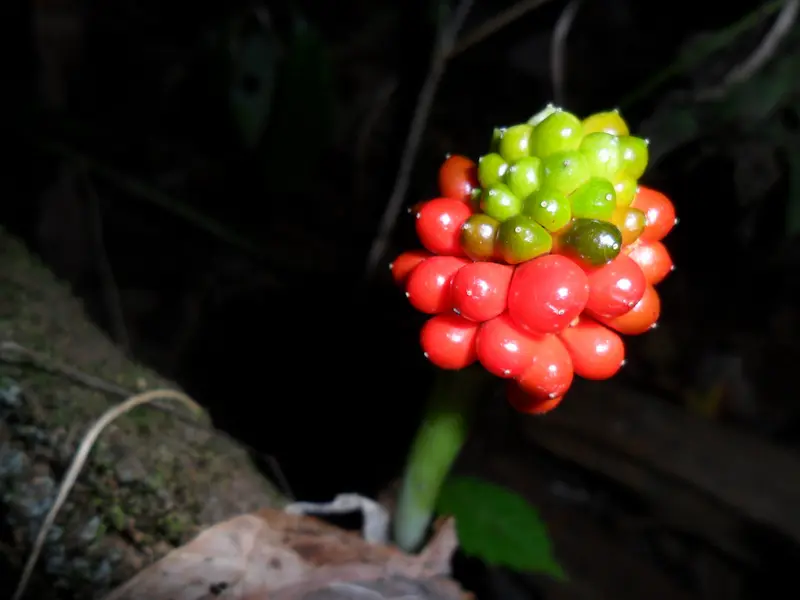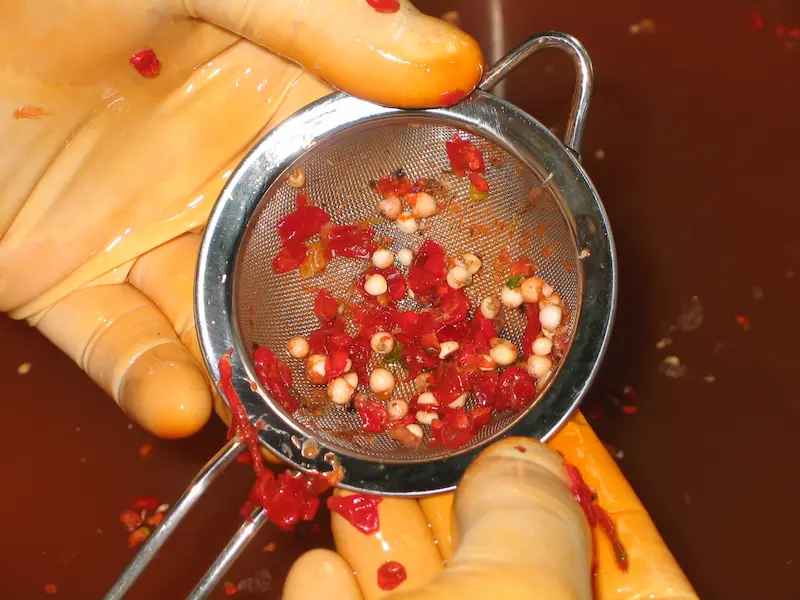Your cart is currently empty!
Veggie Bites – Hybridized Tomato and Rhubarb
If you use a grocery store tomato for seeds, because it is a hybrid tomato you will not get the same tomato with which you started.
Your cart is currently empty!
Photo:
Kevindvt via pixabay
Jack in the Pulpit has a unique and beautiful tubular green leaf. It is easily grown in fertile, medium to wet soil in part shade to full shade. It needs constantly moist soil rich in organic matter.
Growing Jack-in-the-pulpit flowers is as simple as caring for them. A wet, organically rich soil is essential for the plant’s existence. Before planting, work a good amount of compost into the soil, then fertilise yearly with extra compost. A generous amount of leaf mulch applied every fall will help the plant.
Botanical Name: Arisaema triphyllum
En français: Ariséma triphylle
See More Plants in this Botanical Family:
Colour:
Blooms:
Sun / Shade:
Water: Medium to wet
Soil:
Height:
Care:

Wear gloves when handling berries and seeds. Each berry normally contains four to six seeds. Straining the berries after they turn red in late summer is one approach. Stratification of the seeds is required. Plant them outside approximately 1/4 inch deep in the fall, and nature will stratify them, resulting in seedlings in the spring. It might take up to five years for a seeded plant to blossom. Plant them in clusters. Note that it does poorly in clay soils.

Once planted, Jack in the pulpit is best left undisturbed in the shady woodland garden, wild garden, or native plant garden.
Jacks can often be seen in early spring in moist woodland habitats, deciduous woods, pond edges, and thickets, bursting from the forest floor. The plant forms clusters of red berries in late summer and lingers into fall.
Companion plant suggestions include spring beauty, wild ginger, Jacob’s ladder, bloodroot, wild geranium, Mayapple, maidenhair fern, white baneberry, wild leek.
Humans, pets, deer, cats, and dogs are all poisoned by the plant. Calcium oxalate is found in the stem, leaves and roots, and has been linked to a variety of side effects including cardiac arrhythmia, edema, airway blockage, diarrhea and others.
If you use a grocery store tomato for seeds, because it is a hybrid tomato you will not get the same tomato with which you started.
Knowing about the best fertilizer for growing coffee plant becomes necessary for the plant to reach its fullest potential.
While the delightful white lily is a popular choice to adorn weddings, learn the other ways to give lilies as a gift full of deep meaning.
Alternate leaf dogwood has, as one would expect, alternate leaves, which turn to maroon foliage in the fall. Read the Quick Growing Guide
Jasmine Plant has become popular as a container plant for a sheltered setting. Come learn how to care and propagate the Jasmine Plant!
Discover the excitement of harvesting mulberries, experimenting with microgreens, and enjoying the ripening vegetables in your garden. Get inspired by this gardener's journey!
GardeningCalendar.ca gets some funding from advertisers. If you click on links and advertisements at no cost to you, the site may receive a small commission that helps fund its operation.
© 2025 J&S Calendars Ltd.
Leave a Reply
You must be logged in to post a comment.